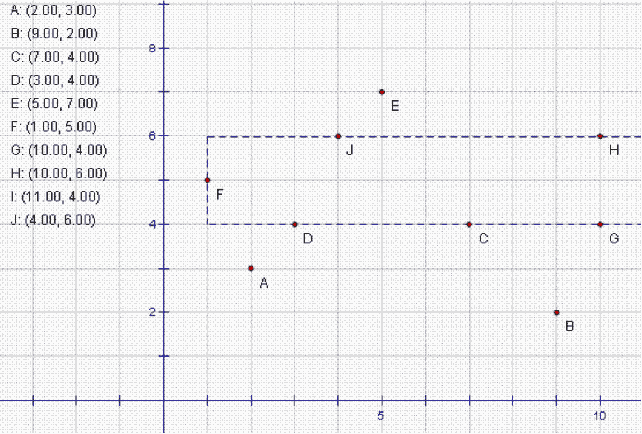当前你的浏览器版本过低,网站已在兼容模式下运行,兼容模式仅提供最小功能支持,网站样式可能显示不正常。
请尽快升级浏览器以体验网站在线编辑、在线运行等功能。
3141:Distant Galaxy
题目描述
You are observing a distant galaxy using a telescope above the Astronomy Tower, and you think that a rectangle drawn in that galaxy whose edges are parallel to coordinate axes and contain maximum star systems on its edges has a great deal to do with the mysteries of universe. However you do not have the laptop with you, thus you have written the coordinates of all star systems down on a piece of paper and decide to work out the result later. Can you finish this task?

输入解释
There are multiple test cases in the input file. Each test case starts with one integer N, (1 ≤ N ≤ 100), the number of star systems on the telescope. N lines follow, each line consists of two integers: the X and Y coordinates of the Kth planet system. The absolute value of any coordinate is no more than 109, and you can assume that the planets are arbitrarily distributed in the universe.
N = 0 indicates the end of input file and should not be processed by your program.
输出解释
For each test case, output the maximum value you have found on a single line in the format as indicated in the sample output.
输入样例
10 2 3 9 2 7 4 3 4 5 7 1 5 10 4 10 6 11 4 4 6 0
输出样例
Case 1: 7
最后修改于 2020-10-29T06:54:05+00:00 由爬虫自动更新
共提交 0 次
通过率 --%
| 时间上限 | 内存上限 |
| 1000 | 65536 |